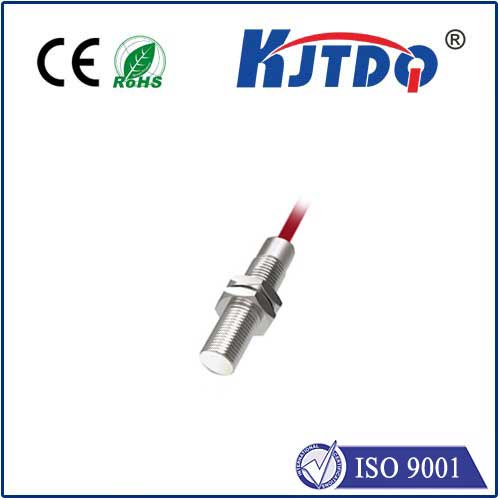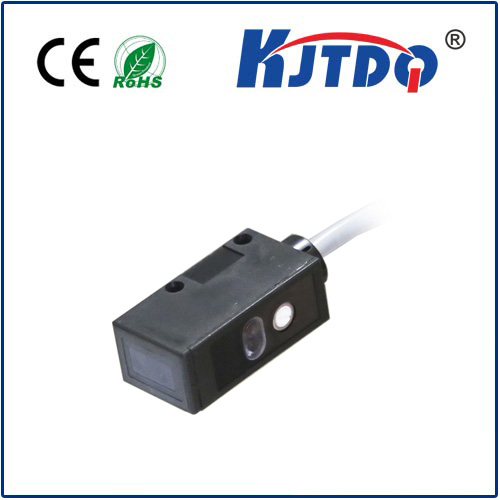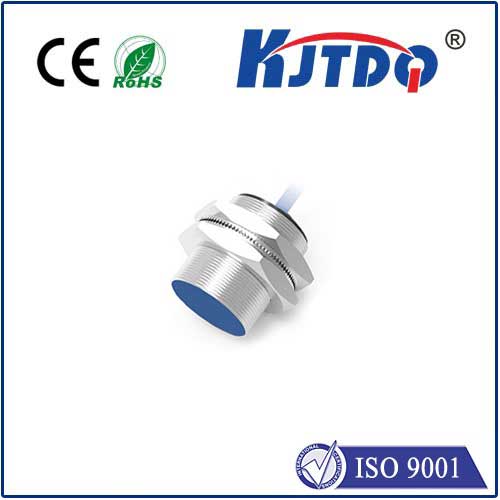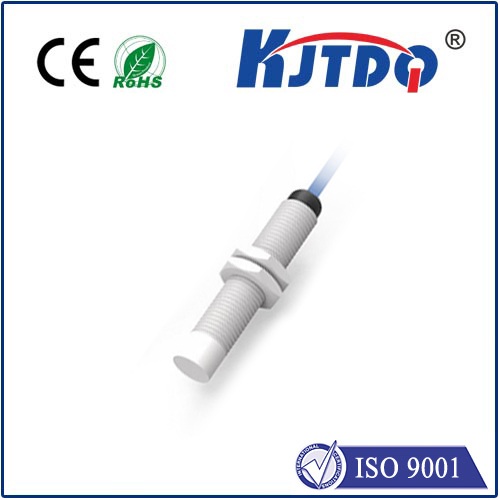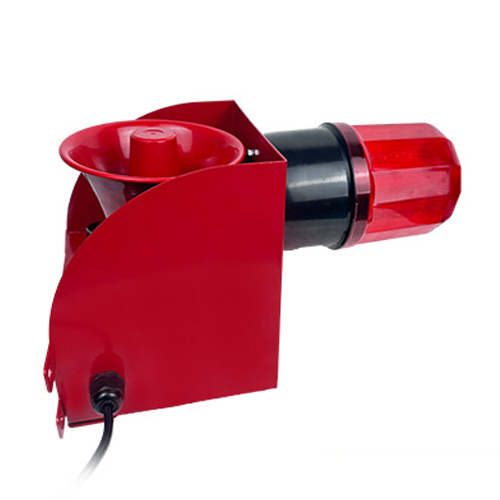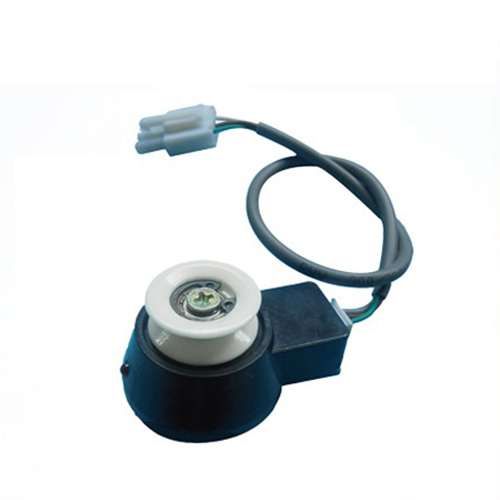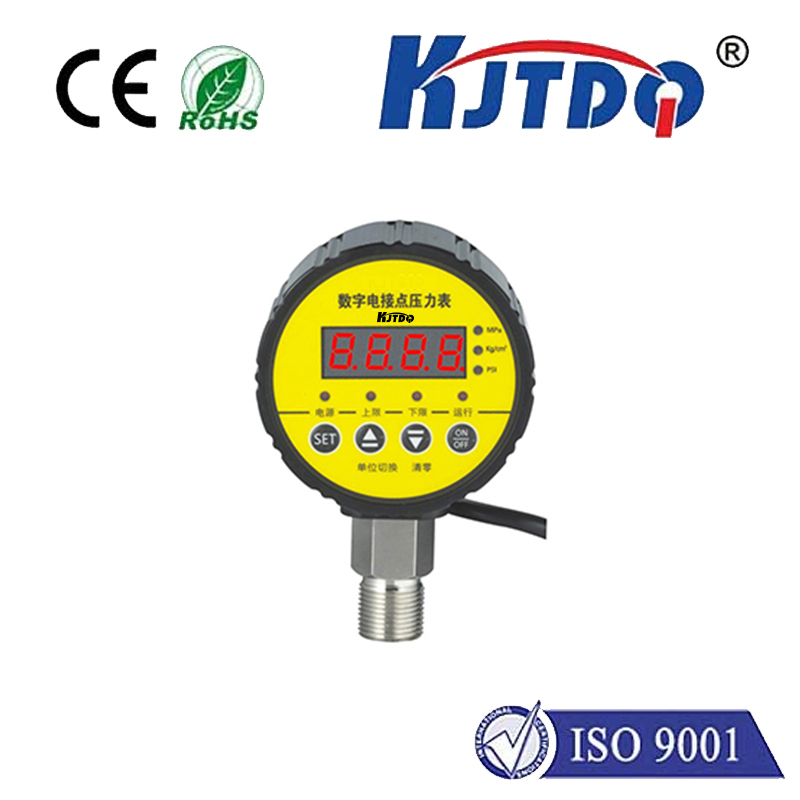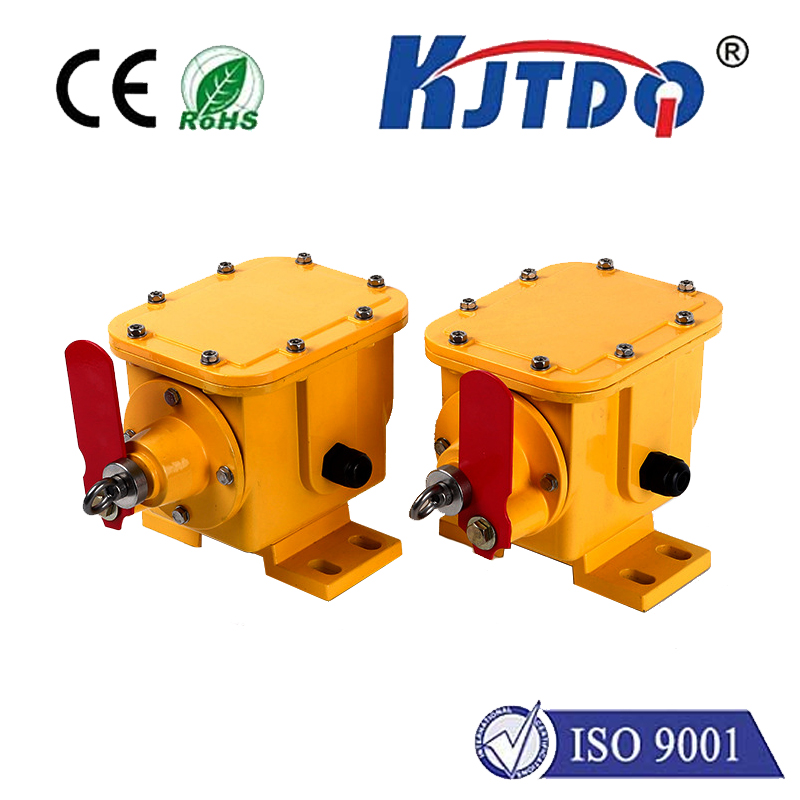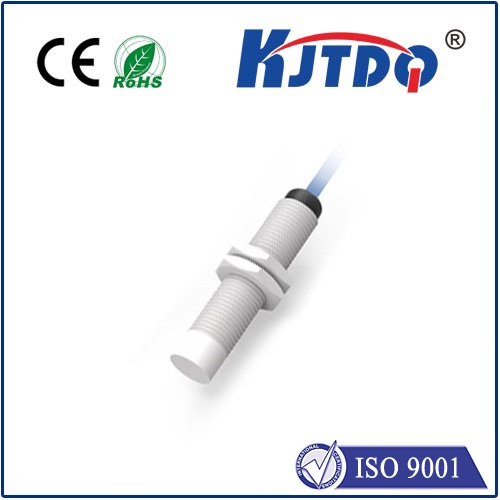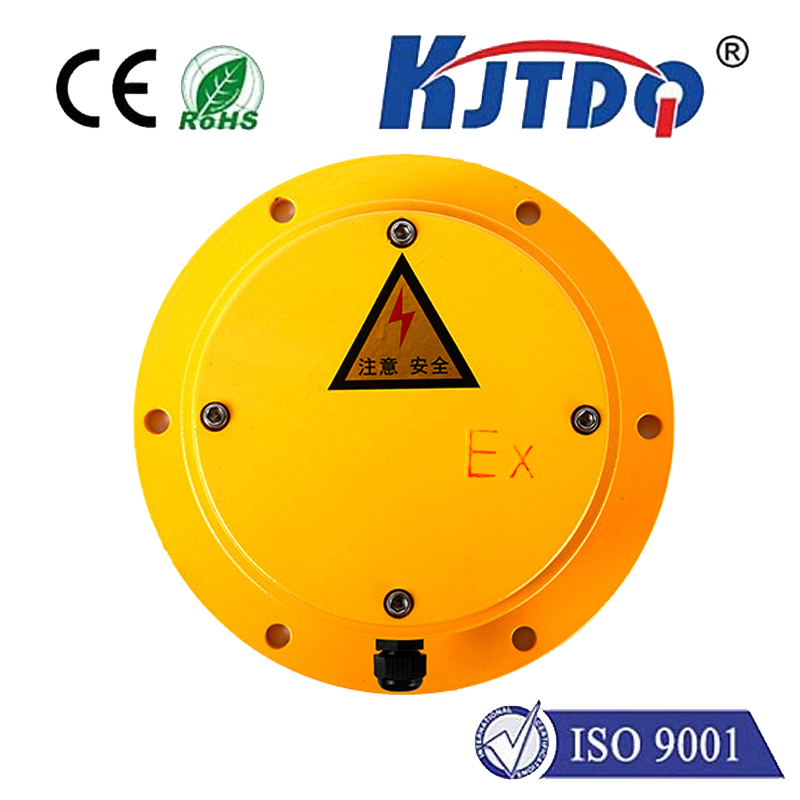

check

check

check

check

check

check

check

check

check

check
20 Volt Photoelectric Sensor: A Revolutionary Technology for Modern Industry
In the ever-evolving world of industrial automation, the demand for efficient and reliable sensor technology has been steadily rising. Among the various types of sensors available in the market, the 120 volt photoelectric sensor has emerged as a game-changer. This cutting-edge technology is designed to provide accurate detection and measurement of objects, making it an essential tool for modern industrial applications.

The 120 volt photoelectric sensor operates on the principle of light reflection. It consists of a transmitter and a receiver, both housed in a single unit. The transmitter emits a beam of light, which is reflected by the object being detected. The receiver then captures the reflected light and converts it into an electrical signal that can be processed by the control system. This simple yet effective design allows for precise and consistent object detection across various industries.
One of the key advantages of the 120 volt photoelectric sensor is its ability to detect a wide range of materials, including transparent, translucent, and opaque objects. This versatility makes it ideal for use in packaging, sorting, and quality control applications. Additionally, its high sensitivity ensures that even small or low-contrast objects can be detected accurately.
Another notable feature of the 120 volt photoelectric sensor is its compatibility with different voltage levels. This flexibility allows it to be integrated easily into existing systems without the need for additional power supplies or adapters. Furthermore, many models are available with adjustable sensitivities and time delays, allowing users to customize the sensor's performance according to their specific needs.
In terms of installation and maintenance, the 120 volt photoelectric sensor is designed for ease of use. Its compact size and lightweight construction make it easy to install and position within tight spaces. Moreover, its robust construction ensures long-term durability and minimal maintenance requirements.
In conclusion, the 120 volt photoelectric sensor represents a significant advancement in industrial automation technology. Its versatile capabilities, compatibility with different voltage levels, and ease of use make it an essential tool for modern manufacturing processes. As industries continue to embrace automation and efficiency improvements, the importance of this revolutionary sensor will only continue to grow.
